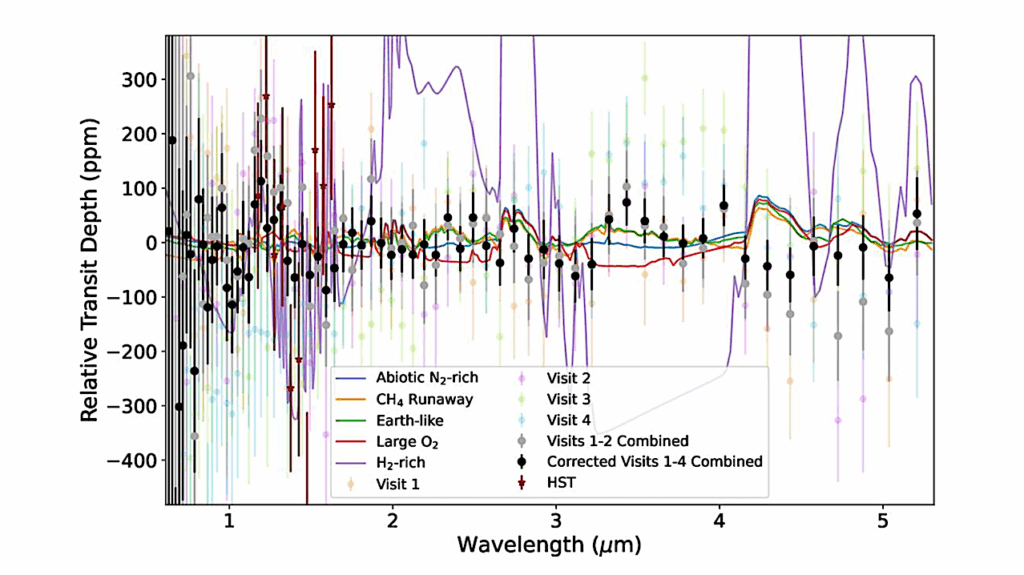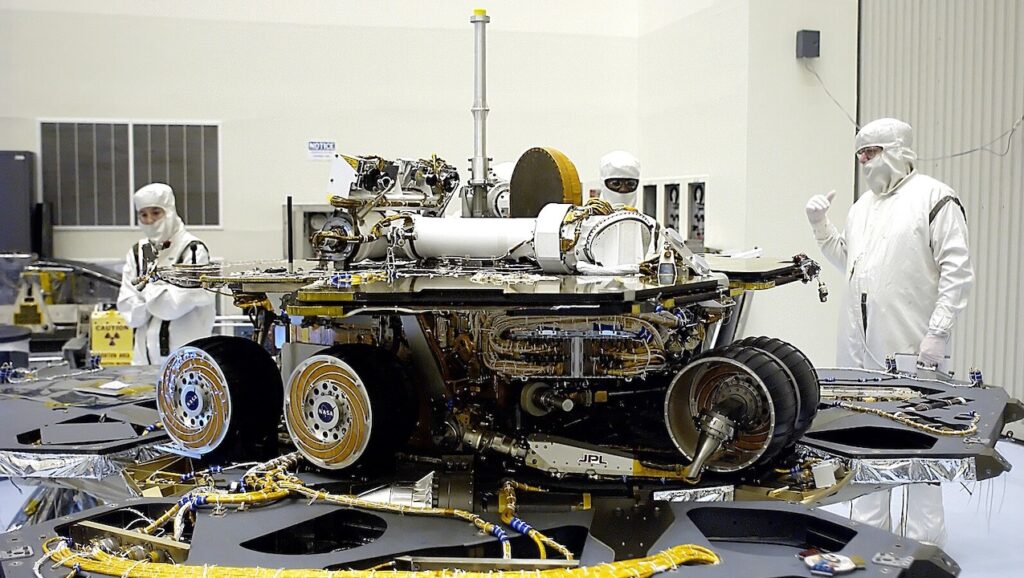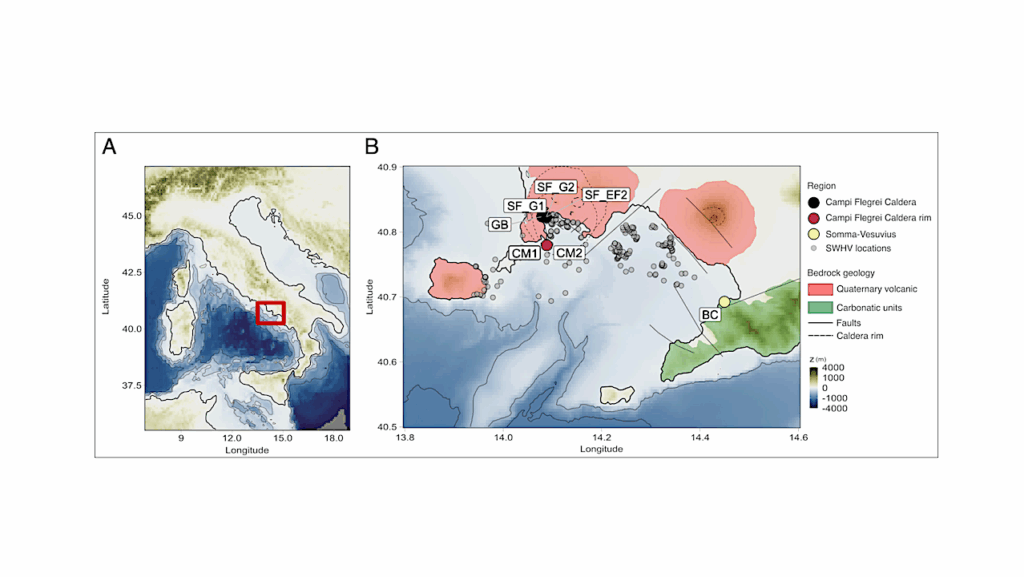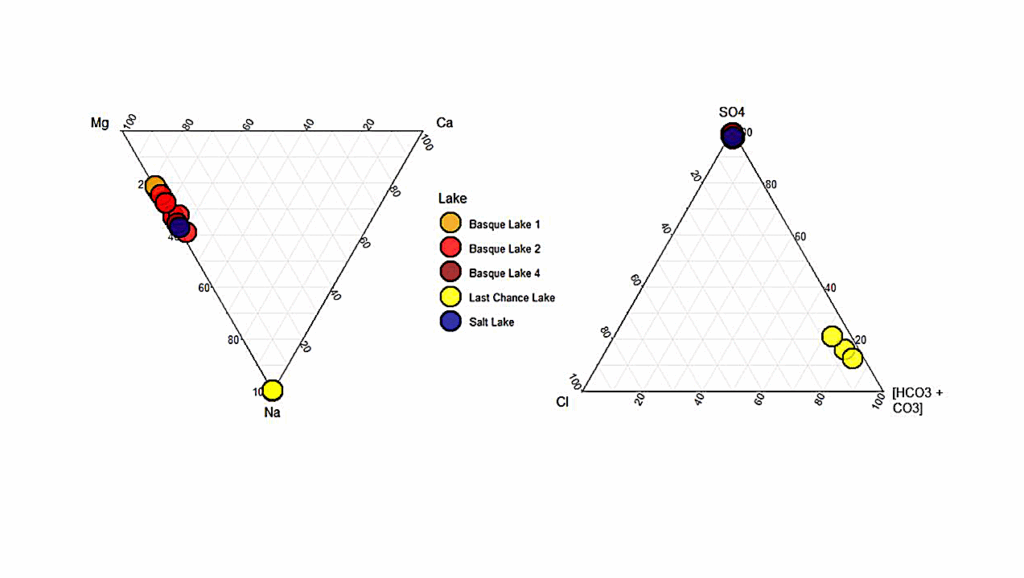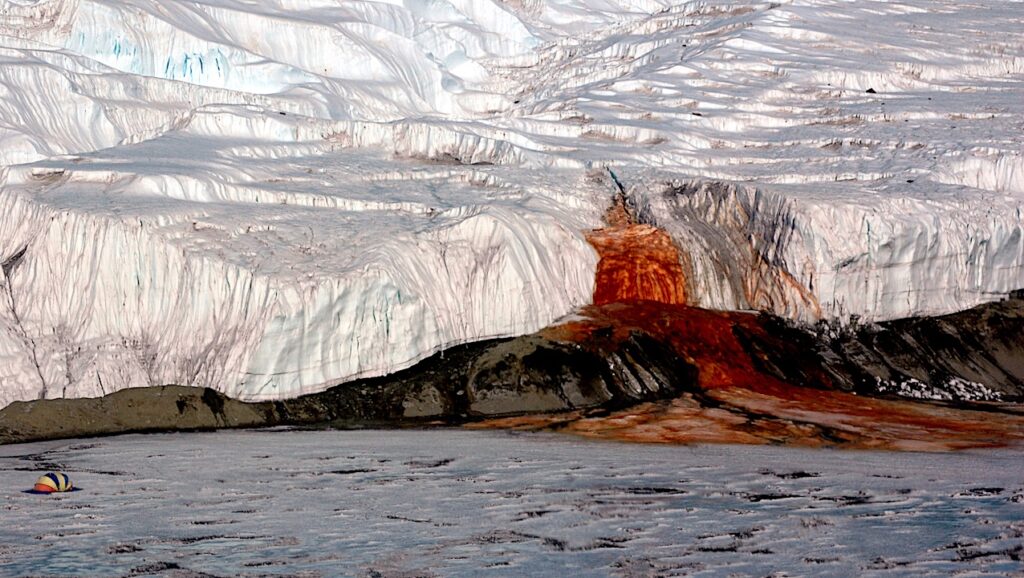Inorganic Nitrogen Reduction and Stability under Simulated Hydrothermal Conditions
Availability of reduced nitrogen is considered a prerequisite for the genesis of life from prebiotic precursors. Most atmospheric and oceanic models for the Hadean Earth predict a mildly oxidizing environment that is conducive to the formation and stability of only oxidized forms of nitrogen.
A possible environment where reduction of oxidized nitrogen to ammonium has been speculated to occur is aqueous hydrothermal systems. We examined a suite of transition metal oxides and sulfides for their ability to reduce nitrate and nitrite, as well as oxidize ammonia, under hot (300C) high-pressure (50500 MPa) aqueous conditions. In general, iron sulfides exhibited the most rapid and complete conversion noted, followed by nickel and copper sulfides to a much lower degree. Of the oxides examined, only magnetite exhibited any ability to reduce NO3 or NO2. Ammonium was stable or exhibited small losses (<20%) in contact with all the mineral phases and conditions tested. The results support the idea that hydrothermal systems could have provided significant amounts of reduced nitrogen to their immediate environments. The enhanced availability of reduced nitrogen in hydrothermal systems also has important implications for prebiotic metabolic pathways where nitrogen availability is critical to the production of amino acids and other nitrogenous compounds. Astrobiology. December 2008, 8(6): 1113-1126. http://www.liebertonline.com/doi/pdfplus/10.1089/ast.2007.0187


